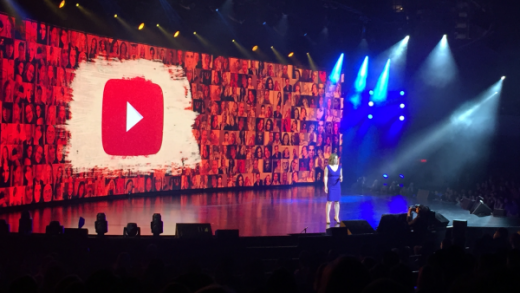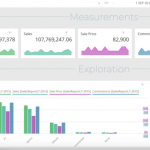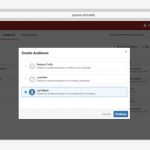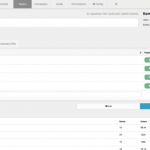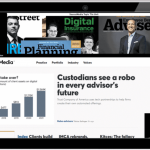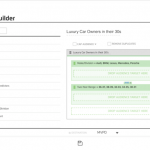Why brand marketers often win the battle but lose the war
What’s the point of CTR if you’re not paying attention to ROI? Columnist David Rodnitzky believes marketers need to look beyond the basic metrics to ensure they’re measuring revenue impact.

I recently received an email from an ad tech company with exciting news about TrueView — those minimum five-second pre-rolls you see before watching a video on YouTube:
“We officially launched our self serve AI for DBM TrueView a couple weeks ago . . . All of our clients are currently seeing a 50-70% increase in performance and are able to manage ~25x more campaigns.”
I’ve struggled to make YouTube work for our clients from an ROI perspective, so “a 50-70% increase in performance” got my attention. I scheduled a call.
The salesman explained that clients were seeing dramatic reductions in their “Cost Per View,” or CPV, on YouTube after using this technology, and he gave me an example where a client went from a $.08 CPV down to a $.04 CPV — as promised, a 50 percent improvement.
I then asked the logical question that any performance marketer would pose: How does a CPV reduction result in more ROI for the client? The salesman paused and then said, “Our clients are brands and brand agencies — they only care about getting video views from the right people at the lowest cost possible.”
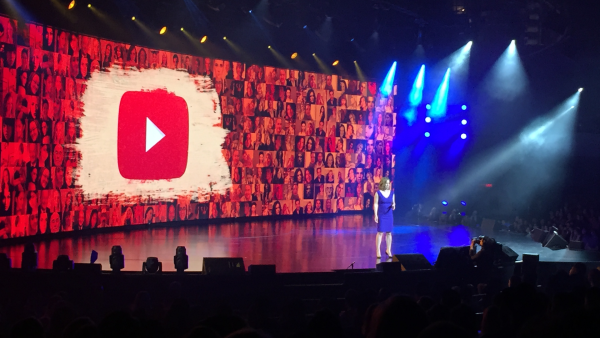
So how much ROI would this drive?
Optimizing cost without measuring the impact on revenue is like an NBA team drafting players based on how tall they are, without regard to whether they have ever played basketball. And yet, this is apparently a normal enough strategy that a technology company is using artificial intelligence to optimize against it.
Imagine optimizing your Google AdWords campaigns exclusively for click-through rate (CTR) without concern for ROI? It would actually be pretty easy: Just create ads that say “Everything on our site is free! Heck, we’ll give you $100 just for visiting our landing page!”
Or how about optimizing for cost per click (CPC) only? Here’s an easy solution: Switch your geo-settings from the United States to Angola — I guarantee you that the clicks are a lot cheaper there.
The problem with traditional branding is that the measurements of success haven’t changed much from the 1980s, when the best gauge of effectiveness was a “lift study” to figure out whether more Americans had positive feelings about your brand after running an advertising campaign.
Stopping at CPC or CPV is a mistake
Measurement today has the potential to be a lot more precise. A combination of hold-out tests, incrementality analysis, attribution, cross-device tracking and even point-of-sale (POS) data can be (and should be) used to come up with some sort of correlation between, say, a view of a video and whether that view increased the likelihood of an actual downstream revenue event. Stopping at CPV and declaring victory is insufficient.
No, this will never be as measurable as a purely digital, direct response campaign, such as AdWords or Facebook. But somewhere between the precise ROI of an SEM campaign and the asinine “Hey, we’re paying less to have people watch our video!” is a suite of metrics that allow savvy advertisers to feel good that their mid- and top-funnel campaigns are directionally driving profit.
Brand marketers are going to have to figure this out, or they’ll become obsolete. Performance marketers are going to have to figure it out, too, or they will never be able to grow their customers beyond the hand-raisers of Google and the highly targeted browsers of Facebook.
Opinions expressed in this article are those of the guest author and not necessarily Marketing Land. Staff authors are listed here.
Marketing Land – Internet Marketing News, Strategies & Tips
(22)

